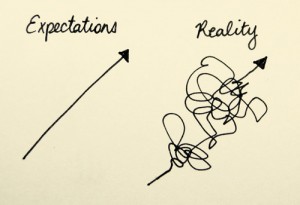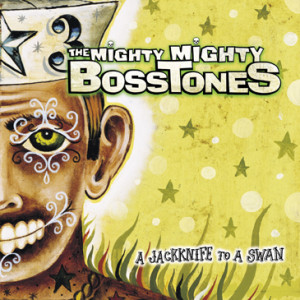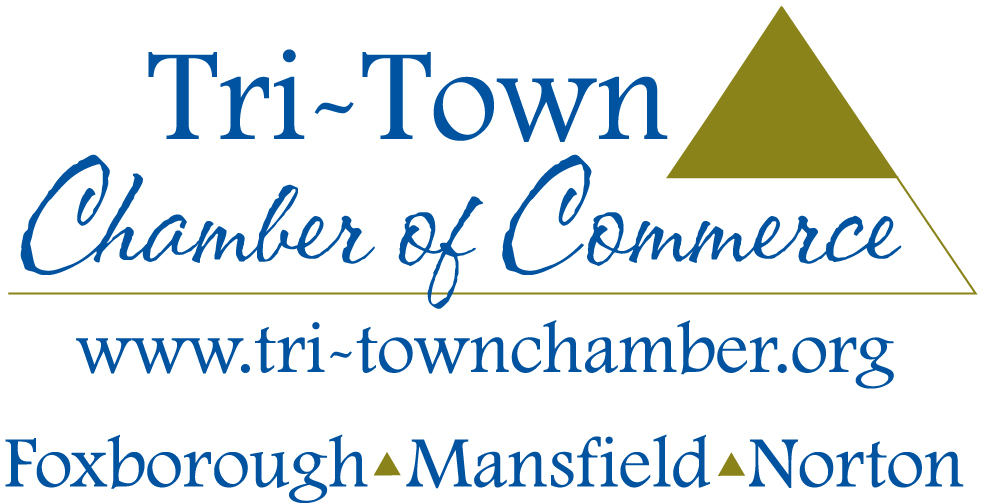The other day I told my daughter to finish eating and brush her teeth. At the same time I told my son to put his shoes on and bring the trash bin back in from the street. I was proud in how they listened so quickly, until I realized what had actually happened. After she brushed her teeth, she sat back down to finish eating. And after he ran outside to get the trash bin, he proceeded to put his shoes on.
Were they wrong? No! I failed to set the right expectations for them, and they acted accordingly.
The key to success in operational initiatives is setting and managing expectations.
This flows in many directions:
1. Management to employees
2. Internal staff to external vendors
3. Internal staff to external customers
4. Department to department
Management to Employees
This is the most easily understood flow, but often the most miscommunicated. A good boss or manager will set the metrics that are important to the company and the employee, and use incentives to hold the employee accountable to monitor and act on those metrics. They will also meet periodically to check in on these metrics and troubleshoot issues. Conversely, in a good work environment, the employee will be empowered to share valued feedback with the manager.
Internal Staff to External Vendors
I’ve learned from experience that “if it is not written down, it doesn’t exist”. When you are purchasing goods or services, assume nothing. Over-communicate to the vendor (via email, purchase order, or RFP) to guarantee your needs on delivery deadlines, shipping method, lead-time, product quality, pricing, design requirements, etc. are met. If the vendor doesn’t have a confirmation process, create one. Ideally every vendor is a perfectly oiled machine, but be sure to keep your own can of oil around if they start squeaking.
Internal Staff to External Customer
This is the most crucial to the success of your business. Never take for granted any customer knowledge. At all phases – quoting, sale, delivery, post-delivery customer service – anticipating what expectations your customers have will allow you to confirm or redirect to smooth their experience. Nothing leaves a worse taste in the mouths of customers than disappointment due to unmanaged expectations.
Department to Department
Frequently overlooked, this is vital to company success. Many departments simply don’t understand what each other does, let alone why they do it. Sales will follow no rules, Finance will have too may rules. Marketing never gets back to you, and Customer Service won’t pick up the phone. Departments, in order to most productively work together, must have an understanding of the what and the why, and continue to adjust expectations back and forth as required. Making interdepartmental transparency a priority will prove valuable for the growth of your company.
In interdepartmental projects, the operational role is often project manager. Ensuring that all participants understand their specific role, the timing of deadlines, and how each portion triggers the next step in the process is crucial. And even more important is that each participant understands the reason why and how their component interacts with the next, and the importance of the finished product as significant to achieving the overarching company goal.
While no experience will perfectly match expectations, even incremental corrections can vastly improve the inner workings of any company.
Now, if I could just apply these principles to my children and their inter-sibling squabbles…




